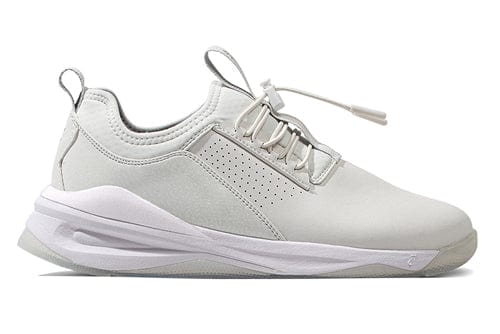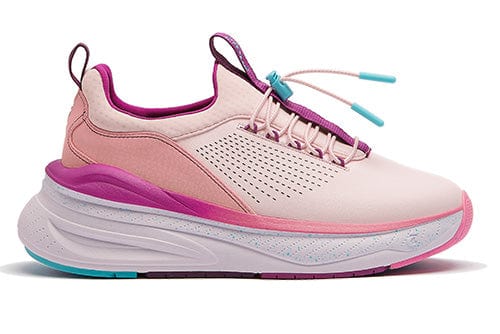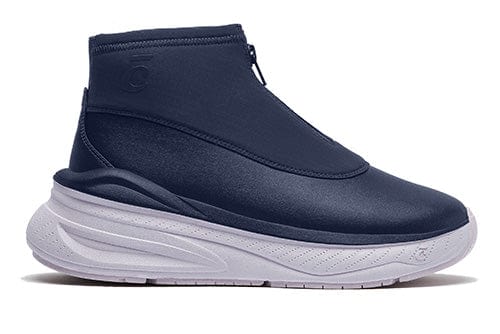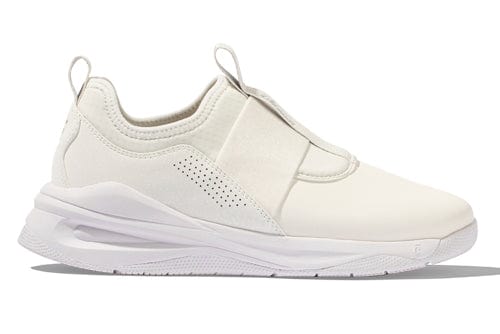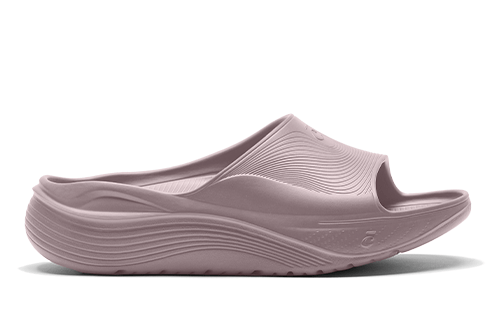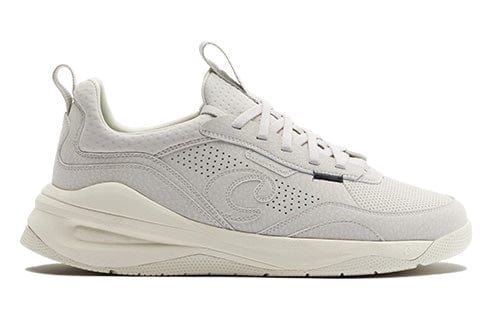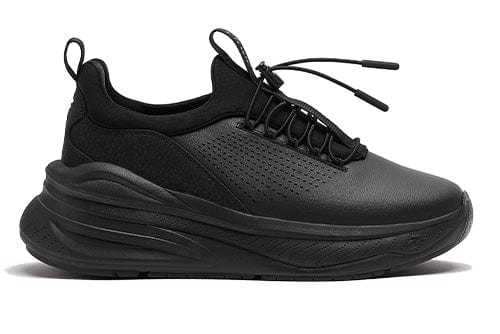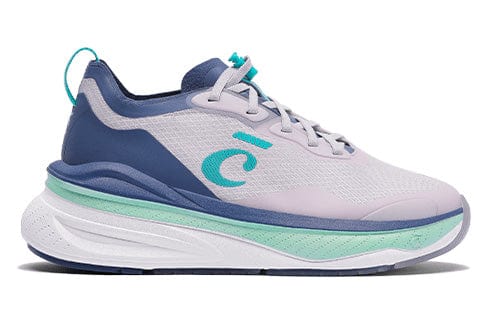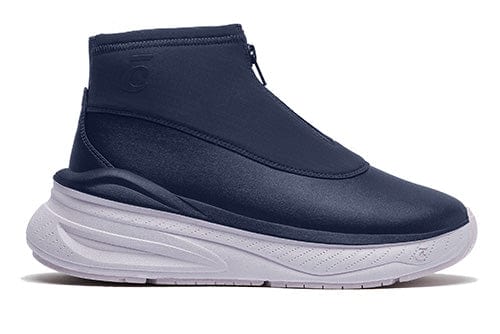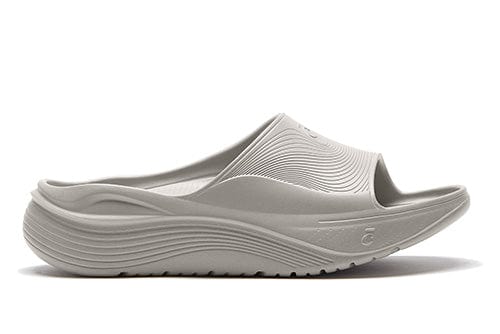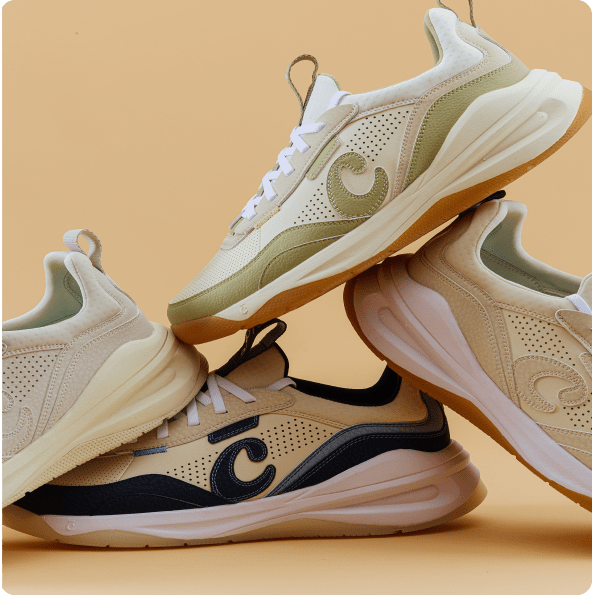How to Stretch The Bottom of Your Feet
When you spend all day on your feet, it's essential to give them the care they deserve. Stretching the bottom of your feet is a simple yet highly effective way to maintain your health and alleviate pain. In this guide, we'll explain how to stretch the bottom of your foot, help you understand the plantar fascia, and introduce some essential foot stretches.
Understanding the Plantar Fascia
The plantar fascia is a thick band of tissue that runs along the bottom of your foot, from your heel to your toes. This crucial structure supports the arch of your foot and absorbs shock when you walk, run, or stand. Understanding the plantar fascia's role in foot mechanics can help you appreciate why stretching is so important.
When the plantar fascia is under excessive strain, it can become inflamed or damaged, leading to a common condition known as plantar fasciitis. Plantar fasciitis is characterized by sharp heel pain, especially noticeable in the morning or after periods of rest. This condition can make even simple activities like walking or standing excruciating. Other related foot problems include heel spurs, arch pain, and flat feet, all of which are reasons why is stretching important and why having a regular stretching routine is beneficial.
Three Stretches for the Bottom of Your Foot
Incorporating foot stretches into your daily routine can significantly improve flexibility, reduce pain, and prevent conditions like plantar fasciitis. Here are some effective stretches to help you take care of your feet.
-
Towel Stretch
One of the simplest yet most effective stretches for the bottom of your foot is the towel stretch. This stretch helps to lengthen the plantar fascia and relieve tension.
- Sit on the floor with your legs stretched out in front of you.
- Loop a towel around the ball of your foot.
- Gently pull the towel towards you, keeping your knee straight.
- Hold for 15-30 seconds and repeat 2-3 times for each foot.
The towel stretch is excellent for those suffering from plantar fasciitis or heel pain, as it helps stretch the arch of your foot and improves its overall flexibility.
-
Plantar Fascia Stretch
Another great method to stretch and massage the bottom of your foot is using a tennis ball or a similar object. This exercise is particularly effective for relieving plantar fasciitis pain and reducing inflammation.
- Sit comfortably in a chair.
- Place a tennis ball under the arch of your foot.
- Roll the ball back and forth, applying gentle pressure.
- Continue for 1-2 minutes and then switch to the other foot.
This stretch helps to alleviate tension in the plantar fascia and can be a great way to end your day or start your morning routine.
-
Seated Plantar Fascia Stretch
The seated plantar fascia stretch is another effective way to stretch the bottom of your foot, especially targeting the plantar fascia and calf muscles.
- Sit on a chair with one foot resting on the opposite knee.
- Hold your toes with one hand and gently pull them back towards your shin until you feel a stretch in the arch of your foot.
- Use your other hand to massage the bottom of your foot, focusing on the arch.
- Hold the stretch for 15-30 seconds and repeat 2-3 times for each foot.
This stretch is useful for easing heel pain and improving overall flexibility in your foot and calf muscles.
How Often Should I Stretch the Bottom of My Feet?
Incorporating foot stretches into your daily routine can have numerous benefits, such as improving flexibility, reducing pain, and preventing conditions like plantar fasciitis. We recommend starting your day with 5-10 minutes of gentle foot stretches to wake up your muscles, then ending your day with relaxing stretches to alleviate any stiffness from the day.
Even just these few minutes a day can help you strengthen your feet and enhance your overall foot health.
How Clove Sneakers Can Enhance Your Foot Care Routine
In addition to regular stretching, wearing supportive footwear is crucial for maintaining foot health. Clove sneakers are designed with features that promote proper foot alignment and comfort, making them an excellent choice for those looking to enhance their foot care routine. Here are some of the supportive features that make Clove sneakers stand out:
- Arch Support: Clove sneakers offer excellent arch support, which helps to distribute pressure evenly across your feet and reduces the risk of developing foot conditions like plantar fasciitis and heel spurs.
- Cushioning: The cushioning in our sneakers, especially those in our SuperCush collection, provides shock absorption, reducing the impact on your feet with each step. This feature is particularly beneficial for those with heel pain or flat feet.
- Breathable Material: Our breathable sneakers keep your feet cool and dry, preventing issues like inflammation and severe pain.
- Slip-Resistant Outsoles: The slip-resistant outsoles ensure stability and safety, reducing the risk of ankle injuries and making them ideal for professionals who work in fast-paced environments.
Complementing Your Foot Stretching Routine
Clove men’s and women’s sneakers offer the perfect blend of comfort and support which are key for maintaining foot health. With Clove, you can stay on your feet longer while reducing pain or fatigue. Combining regular stretches with the right shoes keeps your feet strong, agile, and ready for your busy lifestyle.
Sources:
- National Library of Medicine - National Center for Biotechnology Information. Plantar fascia-specific stretching exercise improves outcomes in patients with chronic plantar fasciitis. A prospective clinical trial with two-year follow-up. https://pubmed.ncbi.nlm.nih.gov/16882901/
- Comprehensive Foot and Ankle Centers. Why Stretch the Plantar Fascia? https://www.drchrishubbard.com/blog/item/152-why-stretch-the-plantar-fascia.html
- Healthline. Plantar Fasciitis Stretches to Soothe Heel Pain. https://www.healthline.com/health/fitness-exercise/plantar-fasciitis-stretches


